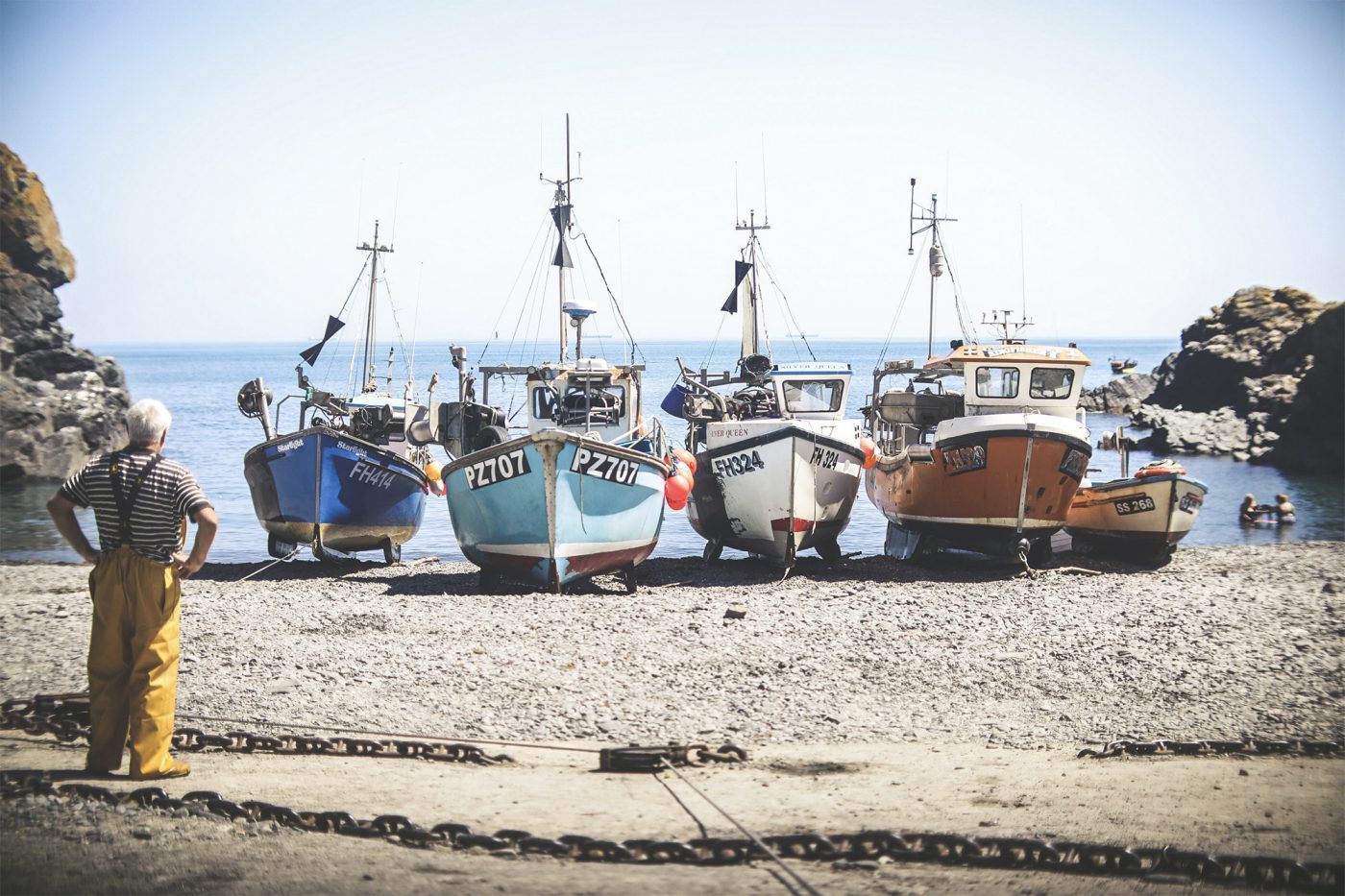14 July 2010
The NFFO holds a position on the EC Advisory Committee on Fisheries and Aquaculture (ACFA) and through this seat participated in a recent exchange of views with the Commission on the reform of the CFP.
An extract from the report of the meeting is reproduced below:
ACFA exchange of views with the director responsible for the cfp reform.
The Commission (DG MARE) gave an overview of the current status of the CFP reform. He added that according to what the Commissioner said at the Council meeting held in Luxembourg on 29 June the “status quo” was not an option. The consultation would continue over the summer and finish with a conference that the Commission intended to organise on 16 November in Brussels. Those invited to participate would include ACFA, RACs, other fisheries and aquaculture stakeholders involved in innovative projects, MS, EP and other Institutions. In parallel, the Impact Assessment exercise was being carried out with a view to present its results to the Impact Assessment Board of the Commission end September 2010. Another event involving the scientific advisors and stakeholders was due to be held on 9 and 10 November under the Belgian Presidency. Following the orientation debate at the Council meeting of 29 and 30 November, the Commission would start drafting its proposal, which should be ready by summer 2011. The legislative package would consist of: a) a Commission Communication accompanying the legislative proposals and containing non-legislative elements, such as the social dimension; b) a proposal for a new CFP Regulation; c) a proposal for a new CMO Regulation; these latter would be adopted under co-decision at the end of 2012. The proposal for a new financial Regulation would be adopted later, possibly in December 2013, under co-decision too. In addition to this and in response to a question, he said that Council Regulation (EC) No 850/98 of 30 March 1998 for the conservation of fishery resources through technical measures for the protection of juveniles of marine organisms would not be revised until the new policy was in place in 2013 with the new basic regulation.
In response to other questions from the members, the Commission representative pointed out that the model which was being considered for the decision making process was downstream regionalisation whereby management and policy implementation decisions – i.e. implementing rules – would be left to the regions themselves. However the legislative decisions would be taken by either the Council and the EP, the Council (for the TAC/quota and effort) or the Commission. The Commission was prepared to go as far as the Treaty allowed, without creating new unnecessary bureaucracy. Concerning the quantification of the involvement of stakeholders in the consultation process, he said that what interested the Commission was the quality of the advice submitted by RACs and ACFA and not the number of people attending the meetings.
He noted that there had been no change in the Commission’s guidance relating to the CFP Reform (including the external dimension), but rather a logical development as a result of the consultation process, and he reminded the participants that the Commission considered the development of mechanisms to protect and to improve the small-scale fisheries as one of the main objectives of the reform. He said that it was the Commission’s intention to make LTMP the basic instrument of stock management. The development of methods to reduce unwanted by-catches was being examined.
The Commission representative explained the procedure for drawing up the Impact Assessment and said that the document would be accompanied by a summary of the consultation process, containing the stakeholders’ contributions, . He explained that both the CMO and CFP proposals would be presented at the same time. In relation to questions about the strengthening of the POs’ role, he said that the basis for the collective management of fishing rights would be included in the CMO Regulation.
He added that the Commission considered aquaculture to be an important part of the reform. However, he pointed out that while fisheries was a Common Policy, aquaculture was not, since responsibility for the latter was shared with the Member States. For this reason, the majority of actions planned at EU level – except for EFF, research, health and trade aspects – were of a non-legislative nature. The Commission wanted to finance innovation and sustainability, and was intending to include aquaculture in a special chapter of the future financial instrument. Aquaculture would also be included in the Commission Communication that would accompany the new CFP Regulation. The Commission representative took note of the suggestion to set up a task force to monitor and implement the strategy in aquaculture.
Health issues were part of the political package, and it remained a central objective of the CFP reform to have healthy fish resources in order to cover the future consumer demand.
Concerning the request to apply the same EU rules to imports from third countries, the Commission representative pointed out that the EU regulation could not be applied outside the EU Member States. He explained that the ORPs for fisheries management would be strengthened in order to combat unfair competition from third country imports.
In response to the concerns about the social dimension, the Commission stated that the aim of the new CFP was to improve the quality of employment. In this context, the objective for employment would not be a quantitative measure, but one which combined fleet profitability with improvements in social and labour conditions. The Commission was also looking at the possibility of introducing a system of incentives to enable labour conditions to be harmonised in the Member States.

